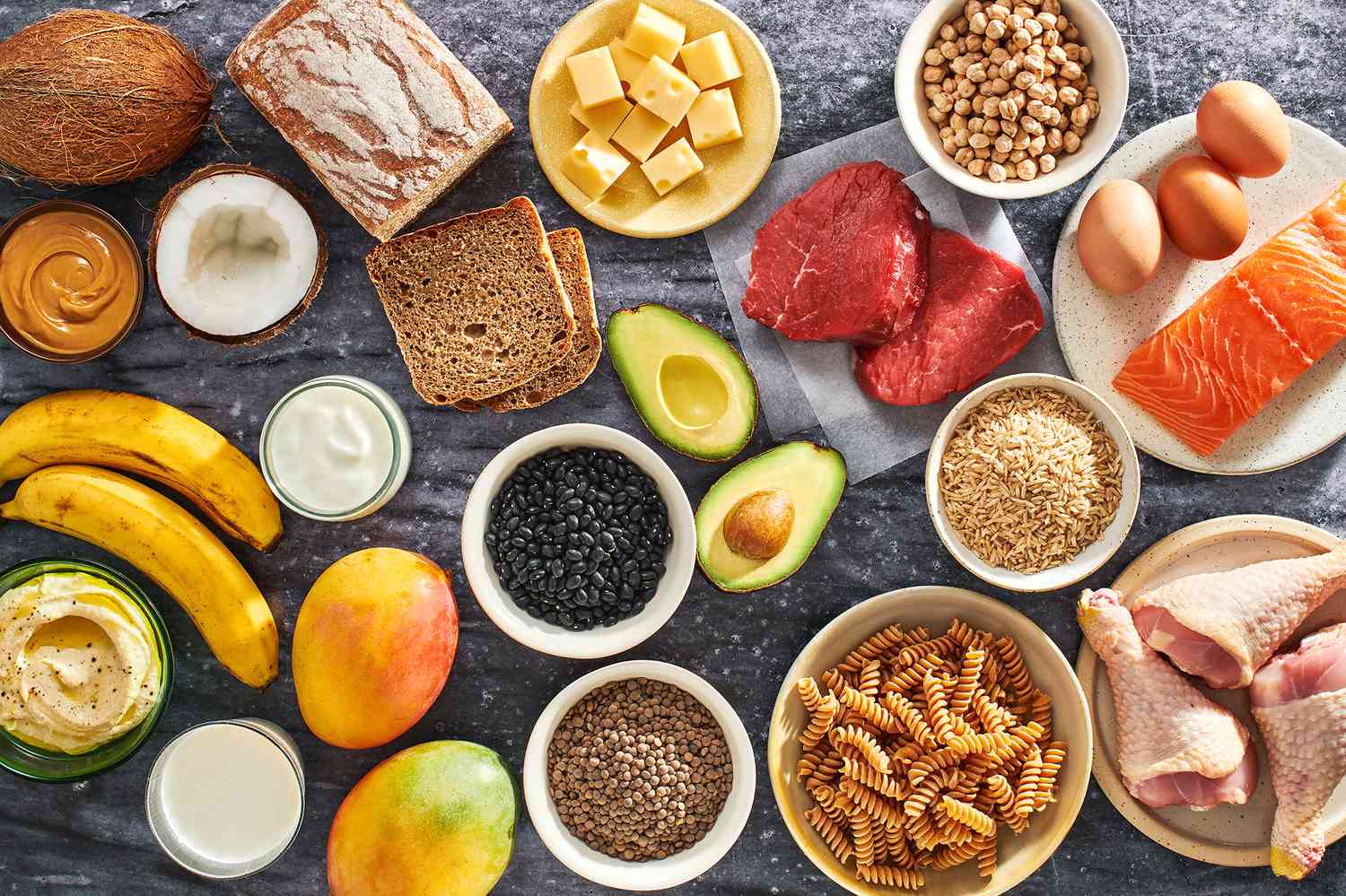When it comes to getting your heart rate up and adding more movement into your day, there are two common paths: High-Intensity Interval Training (HIIT) and Low-Intensity Steady State Cardio (LISS). Both can support your fitness goals, but they offer very different experiences.
If you’re deciding between quick bursts of effort or longer sessions of steady movement, here’s a full breakdown to help you choose what fits your pace, your schedule, and your personal preference.
🔥 What Is HIIT?
High-Intensity Interval Training alternates between short bursts of intense effort (like sprinting or jumping jacks) and brief recovery periods. A session might be as short as 15–30 minutes but packs a serious punch.
Common HIIT examples:
- 30 seconds sprint + 30 seconds rest, repeated
- Circuit training with jump squats, push-ups, and mountain climbers
- Timed workouts like Tabata (20 seconds work, 10 seconds rest)
🧘 What Is Low-Intensity Cardio?
Low-Intensity Steady State (LISS) involves consistent movement at a comfortable pace over a longer duration. Think of it as slow and steady—great for endurance and stress relief.
Common LISS activities:
- Brisk walking
- Leisure cycling
- Light jogging or elliptical use
- Hiking on a flat trail
⚖️ Comparing the Two
| Feature | HIIT | Low-Intensity Cardio |
|---|---|---|
| Time | Short (15–30 mins) | Longer (30–60 mins or more) |
| Effort Level | Very intense | Mild to moderate |
| Calories Burned | High in short time + afterburn | Steady burn during session |
| Best For | Limited time, boosting endurance fast | Beginners, recovery days, building consistency |
| Impact on Body | Improves speed, power, cardiovascular strength | Enhances stamina, promotes joint-friendly movement |
✅ Benefits of HIIT
- Efficient: Can fit into busy schedules
- Keeps things exciting with variety
- Boosts endurance and cardiovascular power
- Often continues burning energy after the workout (called “afterburn”)
But… it can be demanding and isn’t ideal for everyone every day. Rest is important between sessions.
✅ Benefits of Low-Intensity Cardio
- Easy to start, especially for beginners
- Lower stress on joints and muscles
- Supports mental clarity and relaxation
- Great for daily activity without burnout
However… it can require more time and may feel slower for those seeking quick results.
🧭 Which Is Right for You?
Ask yourself:
- How much time do you have? If short on time, HIIT is efficient.
- What’s your fitness level? If you’re just getting started or coming back from a break, LISS is a smoother re-entry.
- Do you like variety or simplicity? HIIT involves many movements, while LISS can be repetitive in a relaxing way.
- How’s your energy today? On high-energy days, go for HIIT. On low-energy days, LISS keeps you moving gently.
💬 Final Thought: Choose What Works for You
There’s no one-size-fits-all when it comes to movement. HIIT and low-intensity cardio each have their own benefits—and the best choice is the one that fits your body, your schedule, and your mood. You can even combine both in your week to keep things balanced.
📝 Ready to get moving? Try a mix of both this week and see what your body responds to best.

